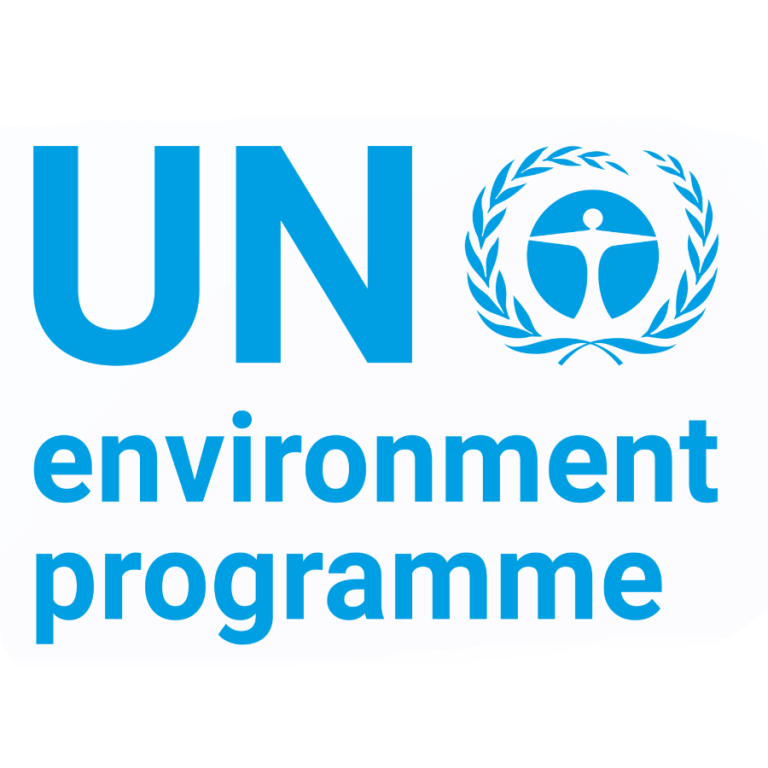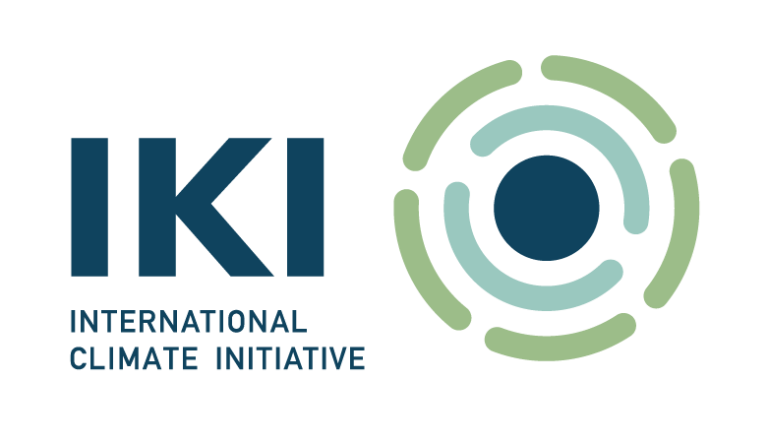Mitigating Flood Risks Through Women’s Leadership in EbA Interventions
Project Information
Nepal is one of the most vulnerable countries to climate change threats and natural hazards such floods and hazards. It has been actively striving to adapt to the challenges posed by climate change. Recognizing the importance of adaptation measures, Nepal has developed a National Adaptation Programme of Action (NAPA), and it has made a promising start in developing Local Adaptation Plan of Action (LAPA) to implement the national adaptation priorities. But the consideration of Ecosystem based Adaptation (EbA) measures into LAPAs are limited despite of notable success of such measures in Nepal. In addition, role of women in climate change adaptation are often restricted to participation in events while their leadership role is suppressed.
Most often, site specific interventions are used to reduce flood risk while the major driver of the problem lies in the upper catchment. This project is particularly designed with the aim of integrating watershed wide EbA into policies and programs. It seeks to capture evidence of gender-responsive EbA measures from Nepal’s experience, identify the hotspots for climate adaptation interventions, and identify and prioritize EbA responses through a co-creation process with women and indigenous communities. A watershed restoration plan, an integration of EbA measures in the six LAPAs, will be a key output. An accompanying Gender Equality, Disability and Social Inclusion (GEDSI) action plan for the watershed will be co-created to promote the role of women in EbA design, construction, monitoring and maintenance. The distillation of lessons learnt and recommendations can then inform and be an input to the next NAPA and the LAPAs. The project will also facilitate capacity building of local government and communities to adopt EbA approaches to mitigate flood risks at the watershed level.
Project Status
The project “Mitigating Flood Risks through women’s leadership in EbA interventions” began in October 2023. It prioritizes the need of EbA approach for flood risk management, significance of watershed level governance, while incorporating a gender lens and promoting women’s leadership. The study is focused on Mohana-Khutiya River Basin, located in far-western region of Nepal.
During the inception stage, the project team engaged with communities, key local and provincial government stakeholders, and disaster management organizations through a series of meetings and workshops. At least 40 people from government authorities and 130 from communities have been consulted. Apart from project sharing, these consultations provided insights into climate-induced hazards in the study area and existing disaster risk reduction and management policies, plans and activities. This engagement has enhanced stakeholder ownership and strengthened collaboration.
Vulnerability and capacity assessment of community was conducted in all six municipalities of the selected river basin. Various EbA interventions across different regions of Nepal were also explored, and in-depth case studies of some of the EbA approaches were developed. These studies reveal diverse vulnerabilities and adaptive capacities across different municipalities, highlighting the need for tailored EbA interventions that align with the priorities and resources of the communities and local government.
Three EbA initiatives, particularly in relation to flood risk reduction, were selected for evaluation study. Key learnings indicated that for the EbA to be sustainable and scalable, strong governance at different tiers of government is critical, particularly at local level. Further, the concrete evidence highlighting the quantifiable benefits and economic effectiveness of EbA measures compared to alternative approaches is still inadequate in Nepal. However, the study indicates the potential for replicability and scalability of the studied EbA approaches throughout the nation depending on context-specific requirements, and recommends the need for landscape level or watershed level EbA interventions for wider impact and sustainability.







